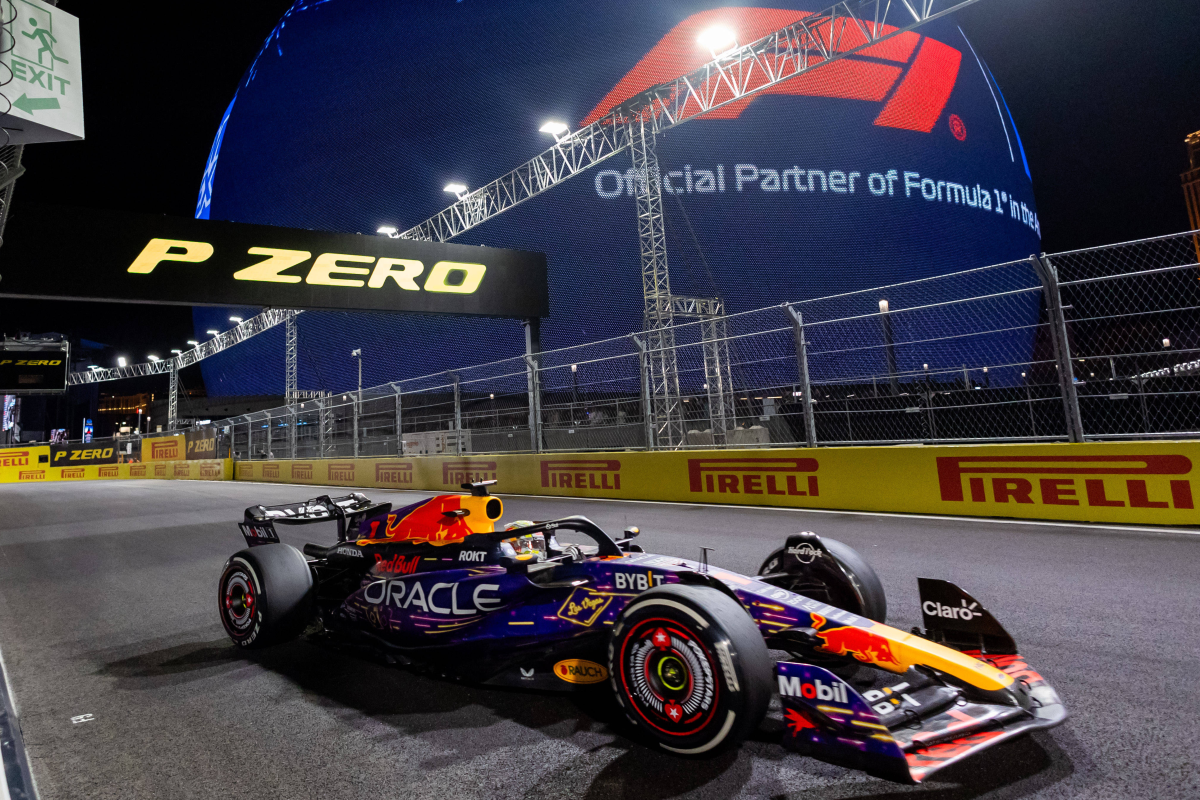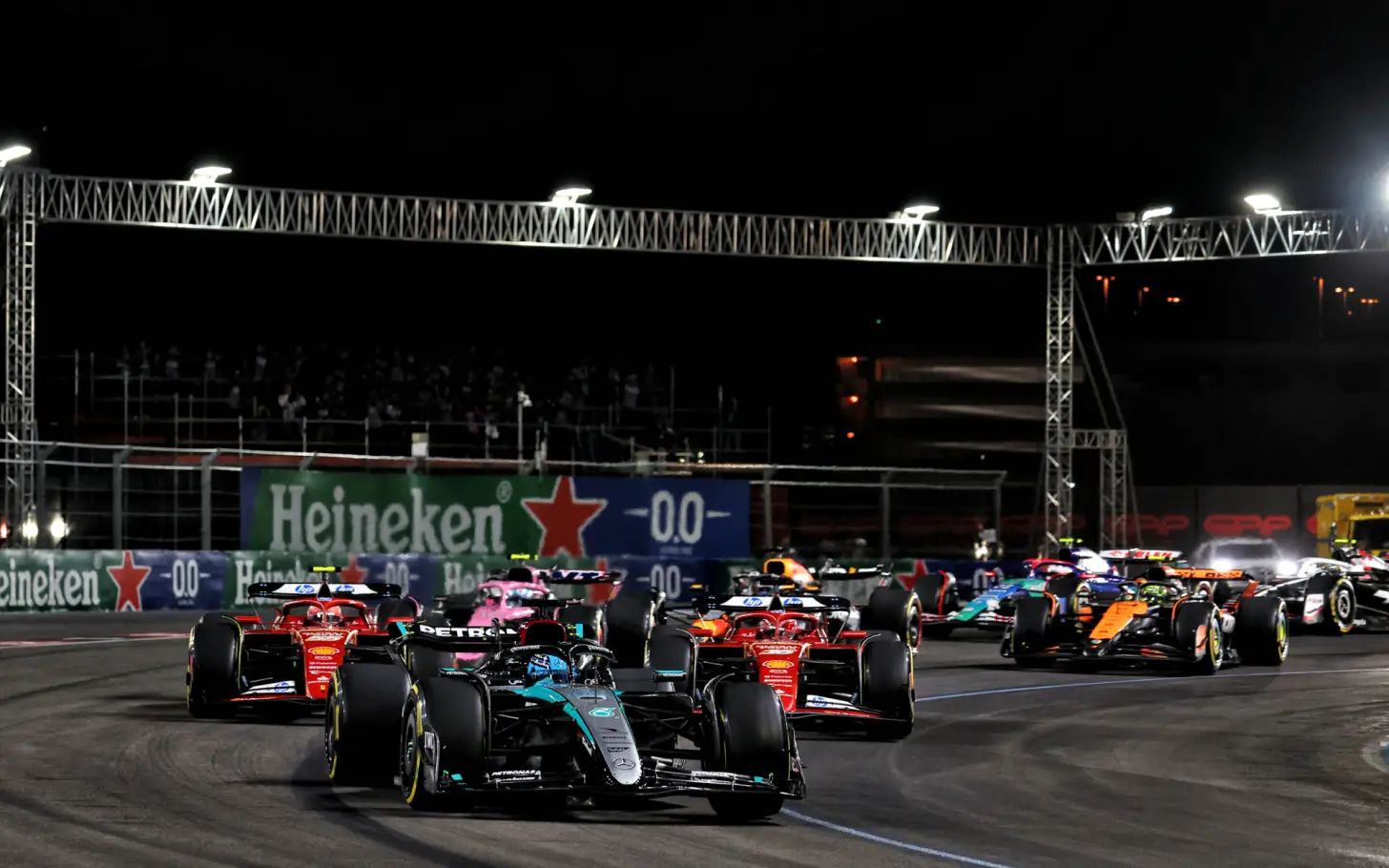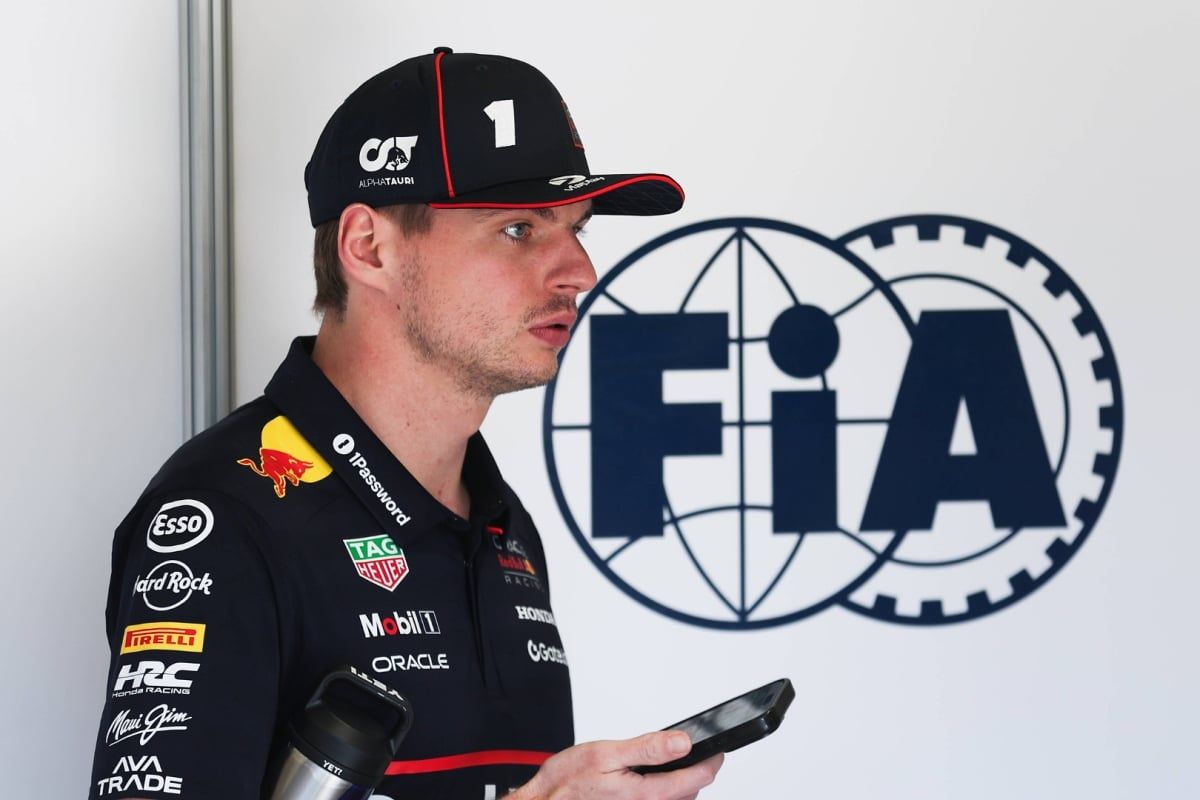Lewis Hamilton faces difficult Ferrari start with…read more
As Lewis Hamilton embarks on his inaugural season with Ferrari, the seven-time World Champion confronts the challenge of adapting his driving style to the nuances of the new SF-25 car. This transition has sparked discussions among experts, including former F1 driver Shinji Nakano, who anticipates a demanding adaptation period for Hamilton.
Nakano’s Perspective on Hamilton’s Adaptation
Shinji Nakano, reflecting on Hamilton’s performance during pre-season testing in Bahrain, observed that the SF-25 exhibits characteristics reminiscent of its predecessor, the SF-24, particularly its “slightly peaky” behavior. Nakano suggests that Hamilton may need to adjust his driving approach to harness the car’s full potential, a task that could present initial challenges even for a driver of his caliber.
Technical Insights into the SF-25
The Ferrari SF-25 represents a significant evolution in design, incorporating elements aimed at enhancing performance. Notably, the front wing design draws inspiration from McLaren’s late-season innovations from the previous year, featuring modifications intended to optimize airflow and downforce. Additionally, the beam wing configuration mirrors Ferrari’s medium downforce setup from the prior season, complemented by the reintroduction of small winglets flanking the rear wing pillar. These technical advancements suggest a car that, while promising, may require drivers to adapt their handling techniques to align with its specific dynamics.
Hamilton’s Adaptation Process
Transitioning from Mercedes, where Hamilton spent over a decade, to Ferrari entails more than just acclimating to a new vehicle; it involves integrating into a distinct team culture and operational framework. Hamilton acknowledges the differences, noting the necessity to adapt his driving style to the SF-25’s unique characteristics. He emphasizes the importance of collaborating with Ferrari’s engineers to tailor the car to his preferences, aiming for a symbiotic relationship between driver and machine. This process involves familiarizing himself with new systems, terminologies, and control mechanisms, akin to learning a new language, underscoring the complexity of the adaptation journey.
Collaborative Dynamics with Charles Leclerc
Within the Ferrari camp, Hamilton benefits from the insights of teammate Charles Leclerc, whose feedback provides valuable benchmarks. Leclerc’s experience with the team’s machinery offers Hamilton a reference point, facilitating a smoother adaptation process. This collaborative dynamic not only aids Hamilton’s integration but also fosters a unified approach to car development, potentially accelerating the team’s progress in optimizing the SF-25’s performance.
Comparative Analysis: Mercedes vs. Ferrari
Hamilton’s extensive tenure with Mercedes means that adapting to Ferrari’s methodologies involves a significant shift. He highlights the differences in power delivery, braking systems, and steering mechanisms between the two teams. These variations necessitate adjustments in throttle input, braking techniques, and overall driving style. Moreover, integrating into Ferrari’s unique operational culture requires Hamilton to align with new procedures and philosophies, a process that demands both technical and interpersonal adaptability.
Pre-Season Testing and Performance Indicators
During pre-season testing in Bahrain, Hamilton showcased competitive pace, securing the second-fastest time, narrowly trailing teammate Carlos Sainz. Despite this promising performance, Hamilton remains cautious, acknowledging the ongoing adaptation process and the need to fully understand the SF-25’s intricacies. He expresses satisfaction with the car’s responsiveness and the productive collaboration with the engineering team, indicating a positive trajectory as the season approaches.
Outlook for the 2025 Season
As the 2025 Formula 1 season commences, Hamilton’s integration into Ferrari will be closely scrutinized. The combination of his driving prowess and Ferrari’s engineering advancements positions the team as a formidable contender. However, the success of this partnership hinges on Hamilton’s ability to adapt his driving style to the SF-25’s characteristics and the team’s capacity to tailor the car to his strengths. The collaborative efforts between Hamilton, Leclerc, and the Ferrari engineering team will be pivotal in realizing the team’s championship aspirations.
In summary, while the transition to Ferrari presents challenges for Lewis Hamilton, his proactive approach to adaptation, coupled with the team’s commitment to optimizing the SF-25, lays a foundation for potential success. The forthcoming races will serve as a testament to this synergy, offering insights into how effectively Hamilton and Ferrari can harmonize their efforts in pursuit of championship glory.


